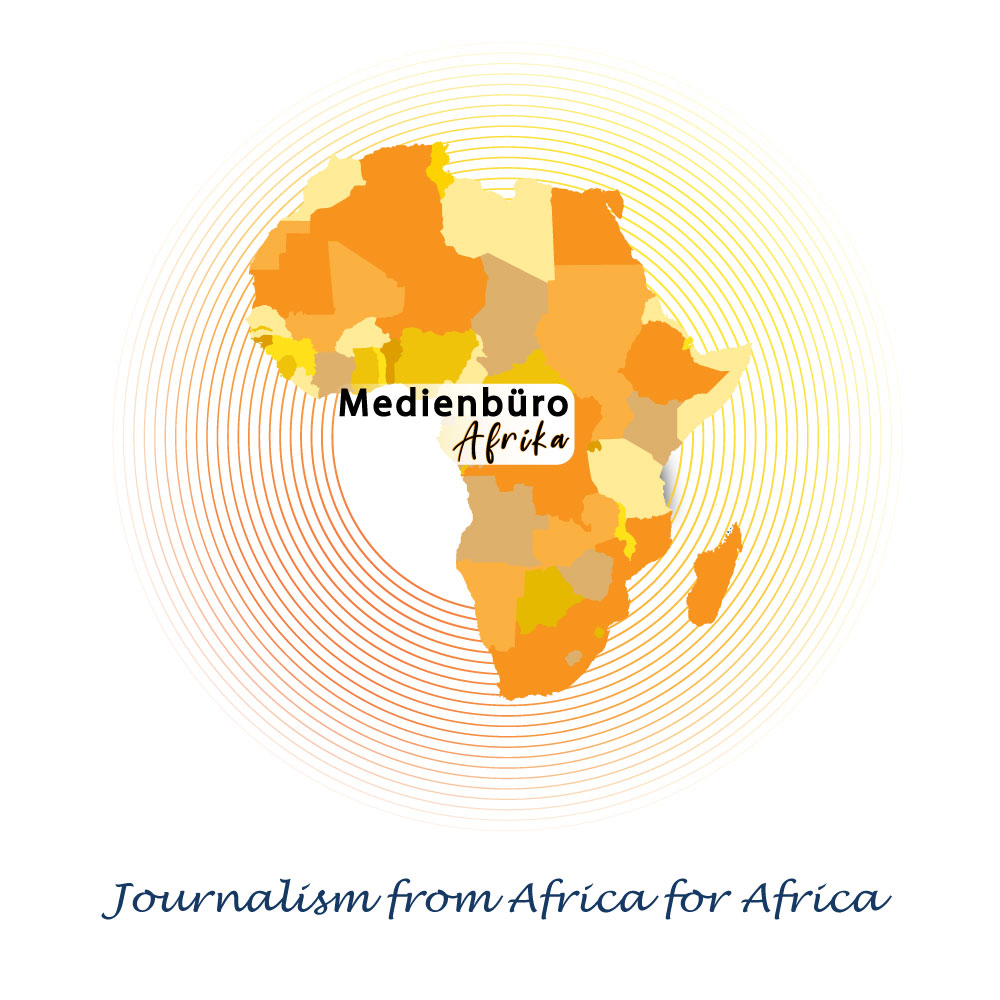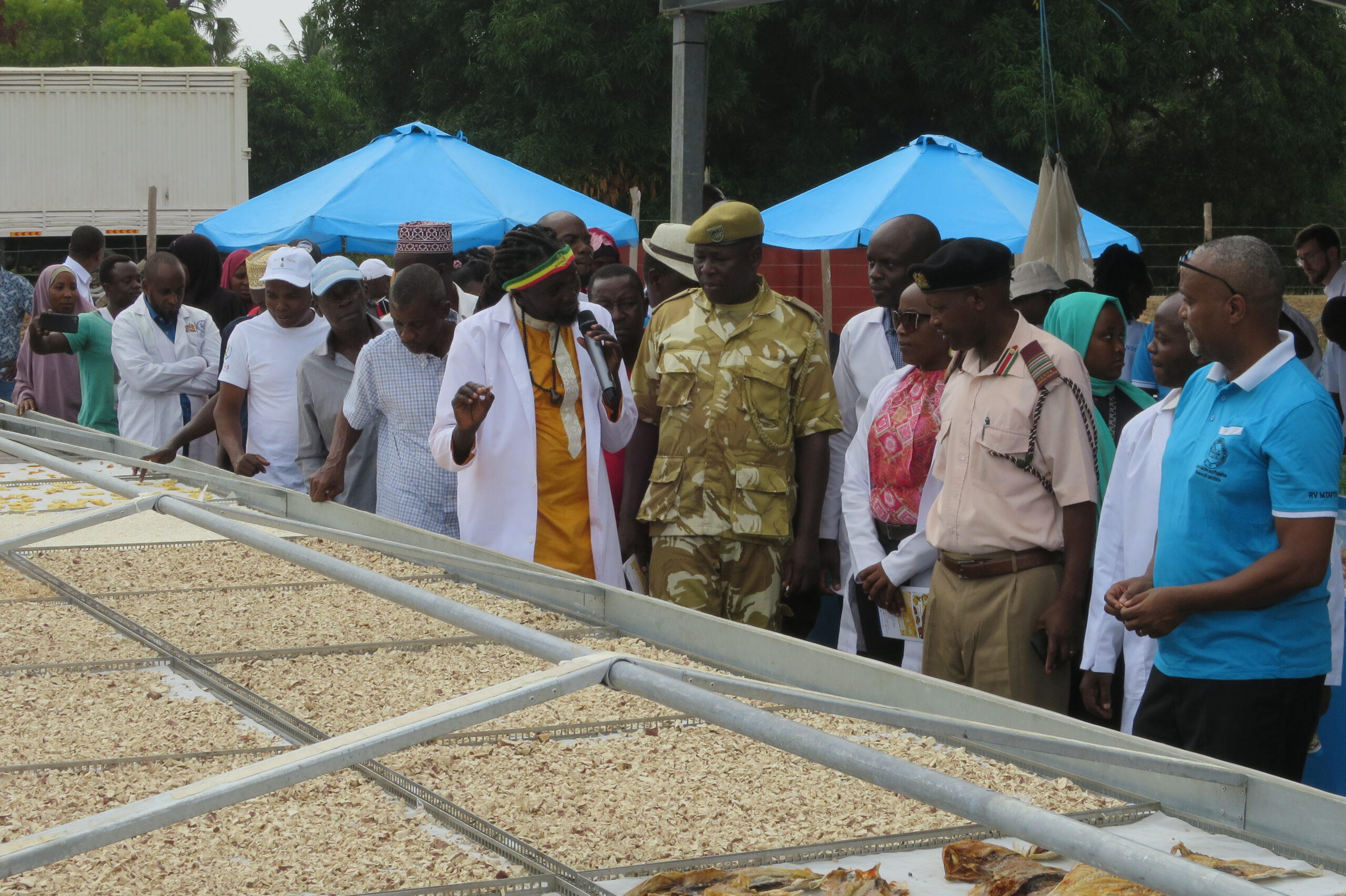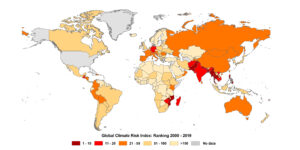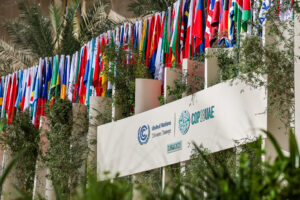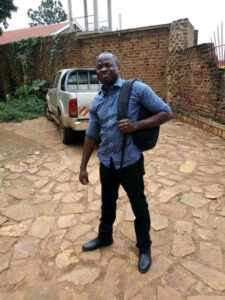In the “Sol-CoolDry” project funded by the German Federal Agency for Agriculture and Food (BLE), the Fraunhofer Institute for Solar Energy Systems ISE, together with Innotech Ingenieursgesellschaft mbH and Kenyan partners, has developed a system that generates drying heat and ice using solar thermal energy and photovoltaics. The lack of electricity in rural regions makes it difficult for fishermen and women farmers in Africa to preserve or cool their products. This reduces their income and threatens food security. As a result, up to 30 percent of food spoils on the way to market. The newly developed system has now been handed over to the local NGO in Mwazaro in the extreme south of Kenya.
On the one hand, the system consists of a photovoltaic system with 15 kilowatts of power that feeds into a three-phase, battery-supported stand-alone grid, which is used to power the ice machine and the cold storage room. The ice machine produces up to 1500 kilograms of ice in 24 hours. Surplus solar power is fed into batteries with a total storage capacity of 19.2 kilowatt hours. On the other hand, SolCoolDry consists of two solar tunnel dryers from Innotech Ingenieursgesellschaft mbH, which heat the air during the day and distribute it over the products to be dried using fans. In order to be able to dry at night as well, one of the dryers is equipped with heating pipes that are supplied with heat from a 12 square metre flat-plate collector and a 2000 litre hot water tank.
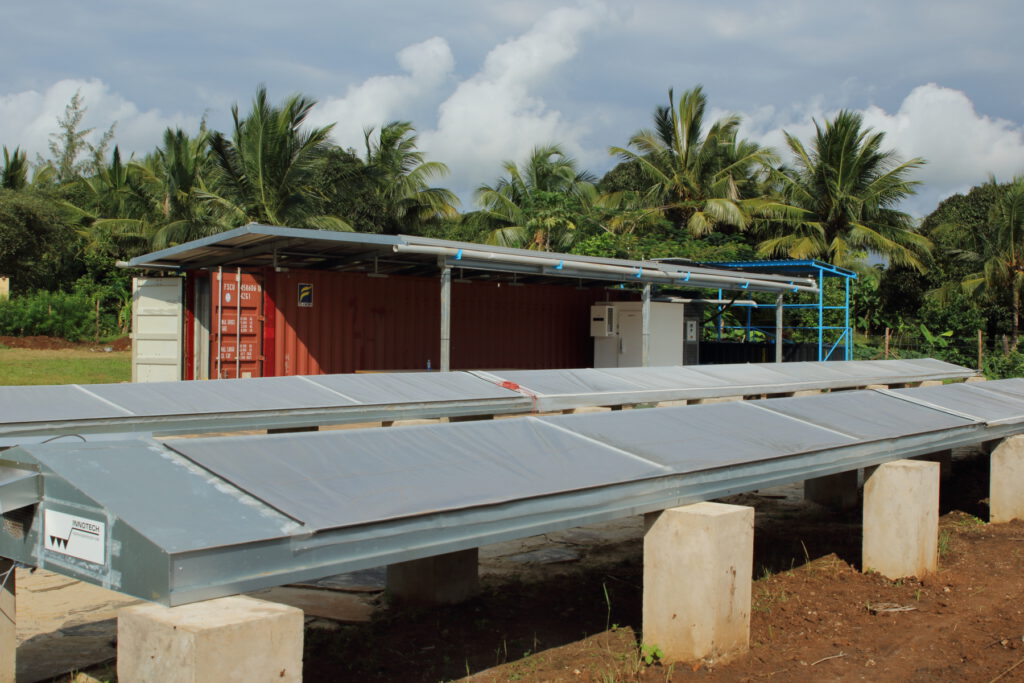
The system for drying agricultural and marine products and producing ice for cooling fish was developed in close cooperation with Innotech Ingenieursgesellschaft mbH from Germany and local partners: in addition to the Kenya Industrial Research and Development Institute KIRDI, the Kenya Marine and Fisheries Research Institute KMFRI and the Technical University of Mombasa as research partners, the Beach Management Unit, an association of local fishermen, mangrove planters, women farmers, beekeepers and kelp farmers.
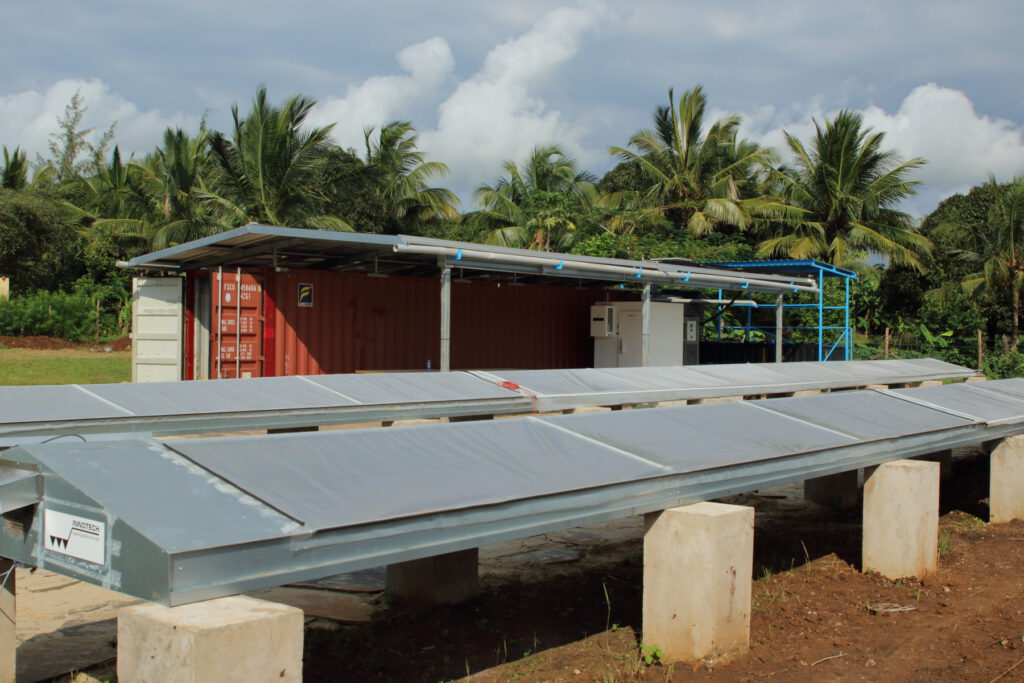
Sustainable operation in self-responsibility
In a workshop on 7 February in Mombasa, the project partners from Kenya and Germany presented the project to representatives of the local communities, politicians, installers and the press. The following day, the facility was officially opened and handed over to the Beach Management Unit in the presence of the Deputy County Commissioner Josep Sawe, the management of the neighbouring Beach Management Units as well as other official representatives and organisations such as the Kenya Wildlife Service. Together with KIRDI, it will be responsible for the operation of the facility. A technician, who is currently being trained, will ensure sustainable operation. In further training courses, the fishermen will be trained in quality assurance and hygienic processing of their products. “We at Fraunhofer ISE will also continue to monitor the plant in the future. For this purpose, the data will be recorded in a monitoring system so that remote diagnosis is possible,” explains project manager Dr Alexander Morgenstern from Fraunhofer ISE.
The first trial operation has shown how great the interest is in the functioning operation of the plant: “It is very well accepted by the population and the demand for ice is even higher than expected. The fishermen drive up to 50 kilometres to pick up the ice,” reports Dr Alexander Morgenstern. The drying plant is also in continuous operation: in addition to meat and fish, fruits and vegetables as well as flowers for tea are dried.
Source: Text an picture Fraunhofer ISE
